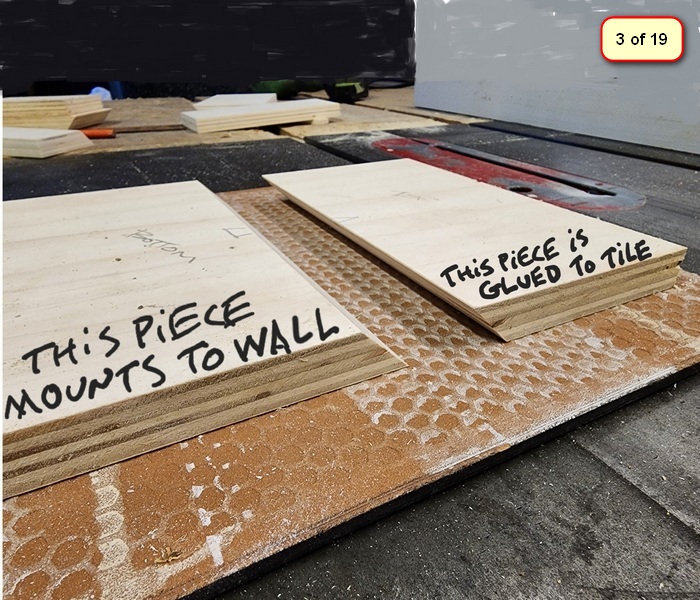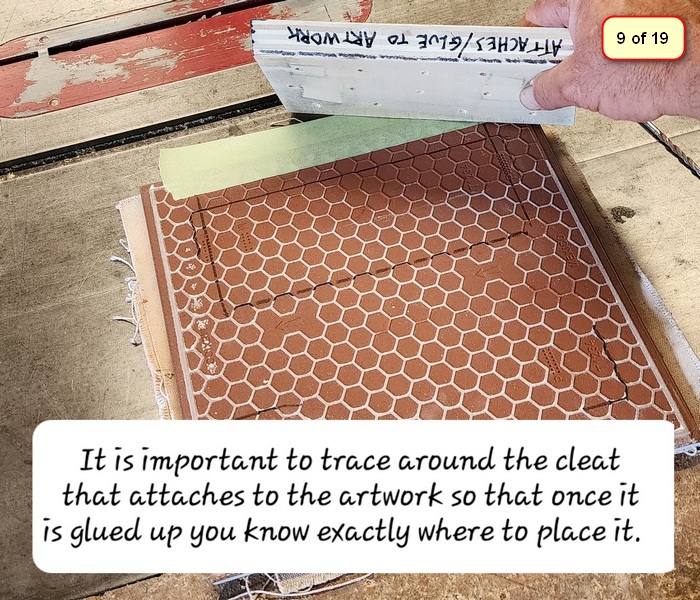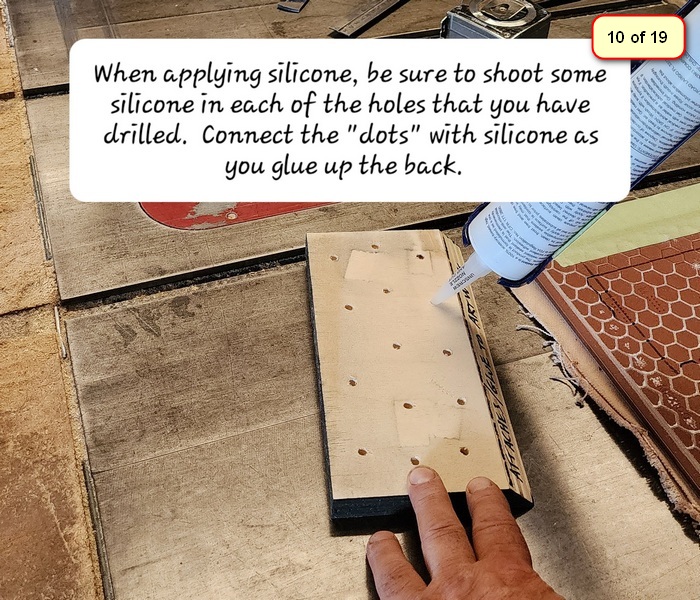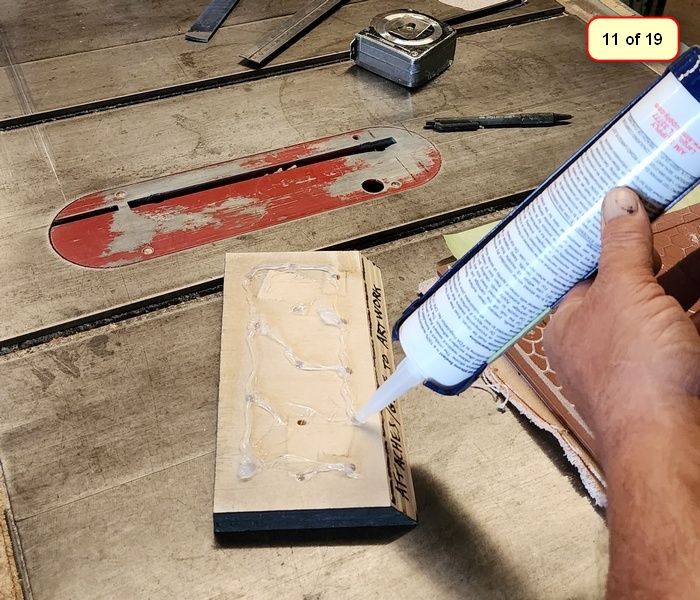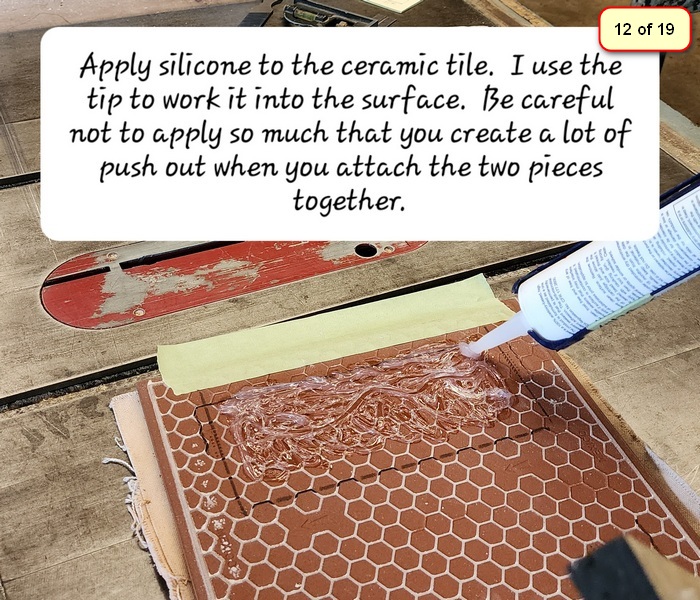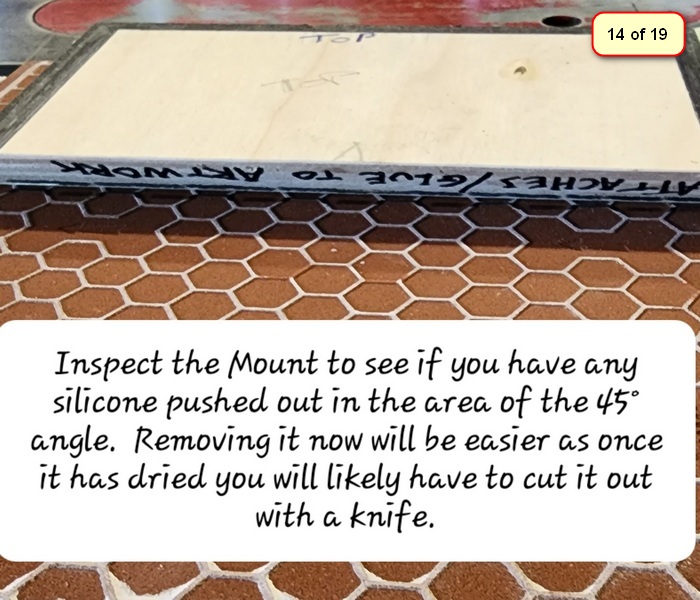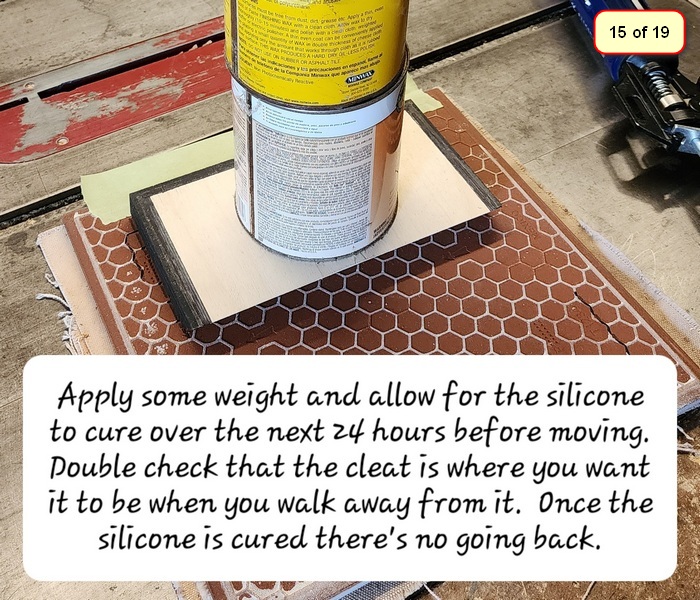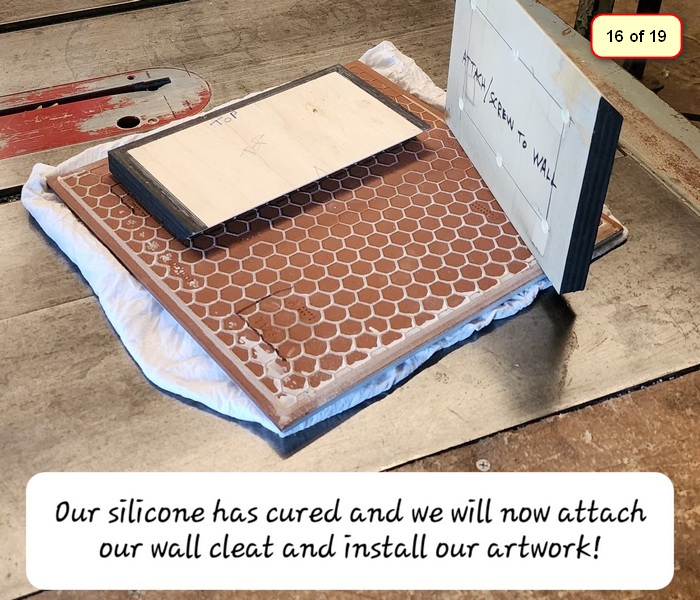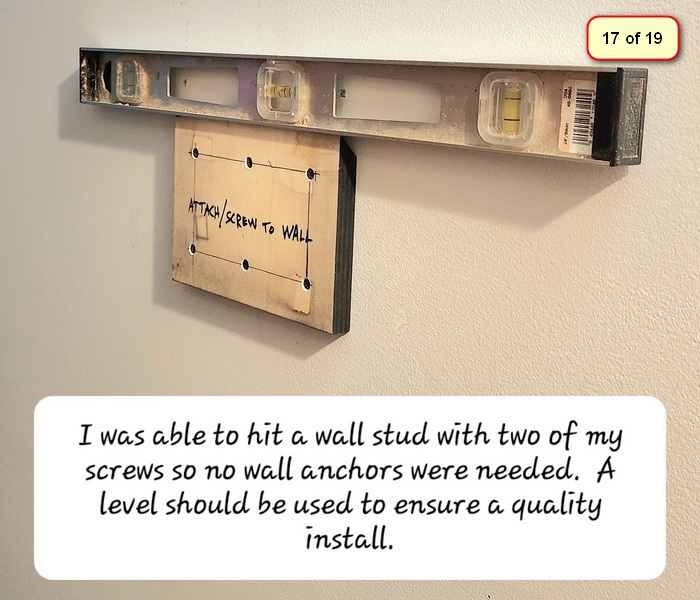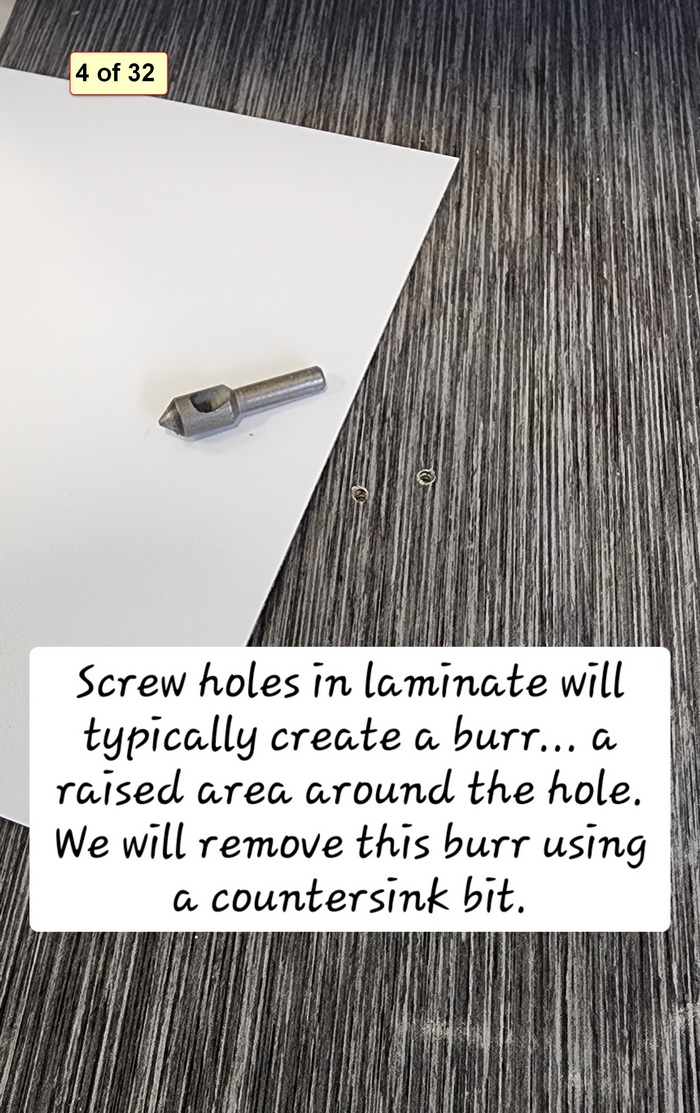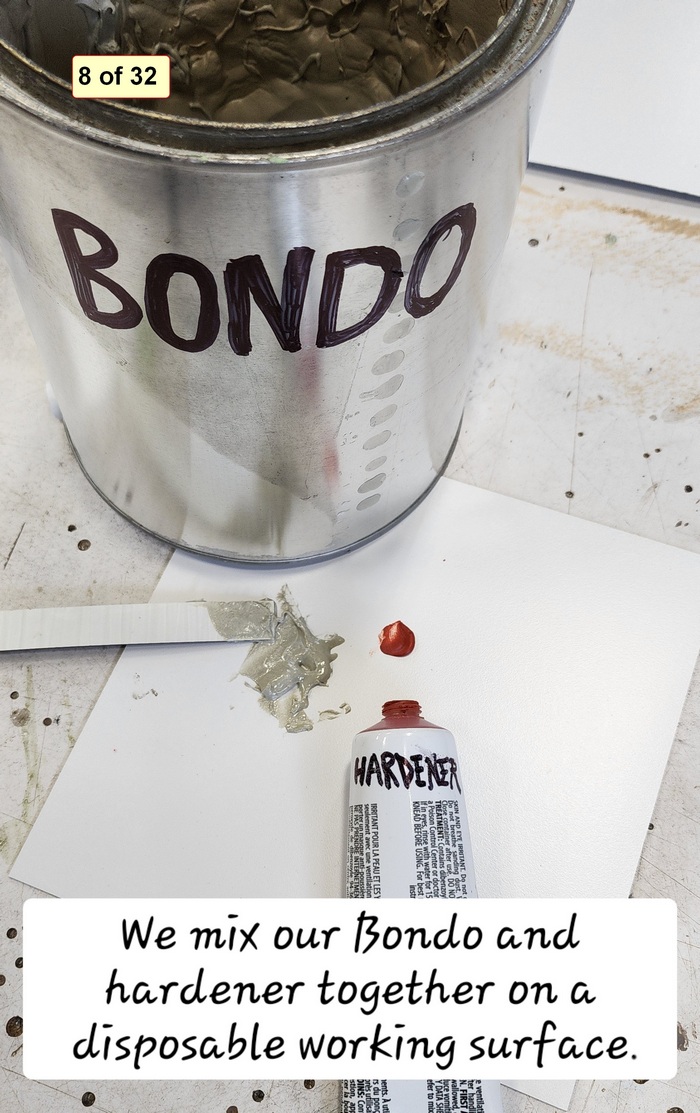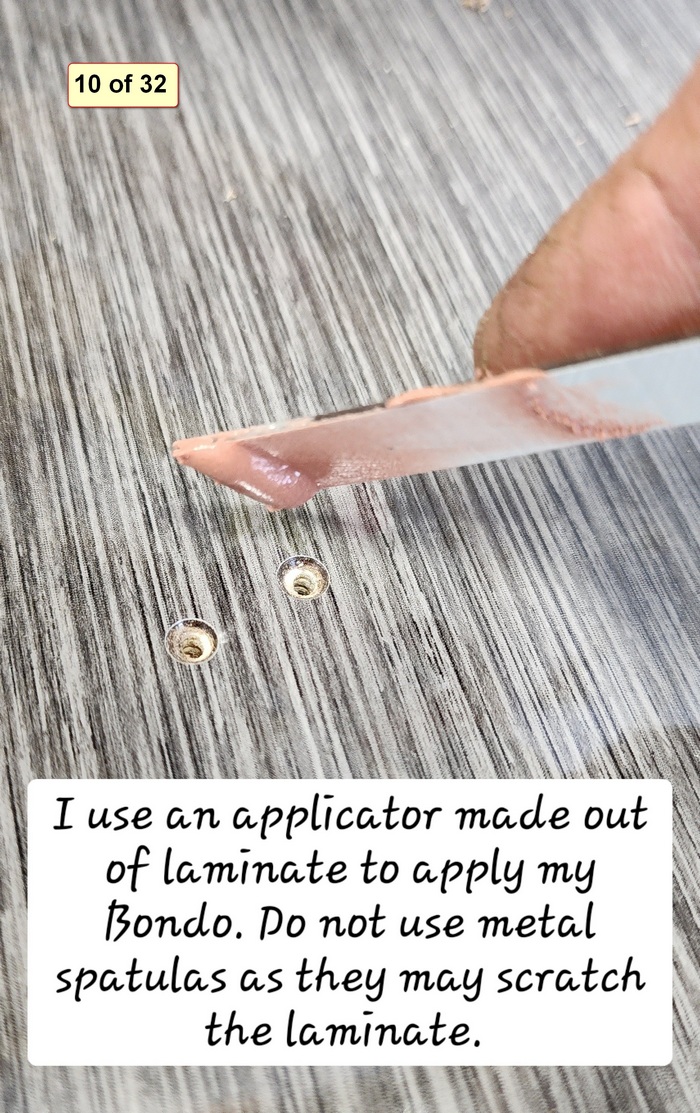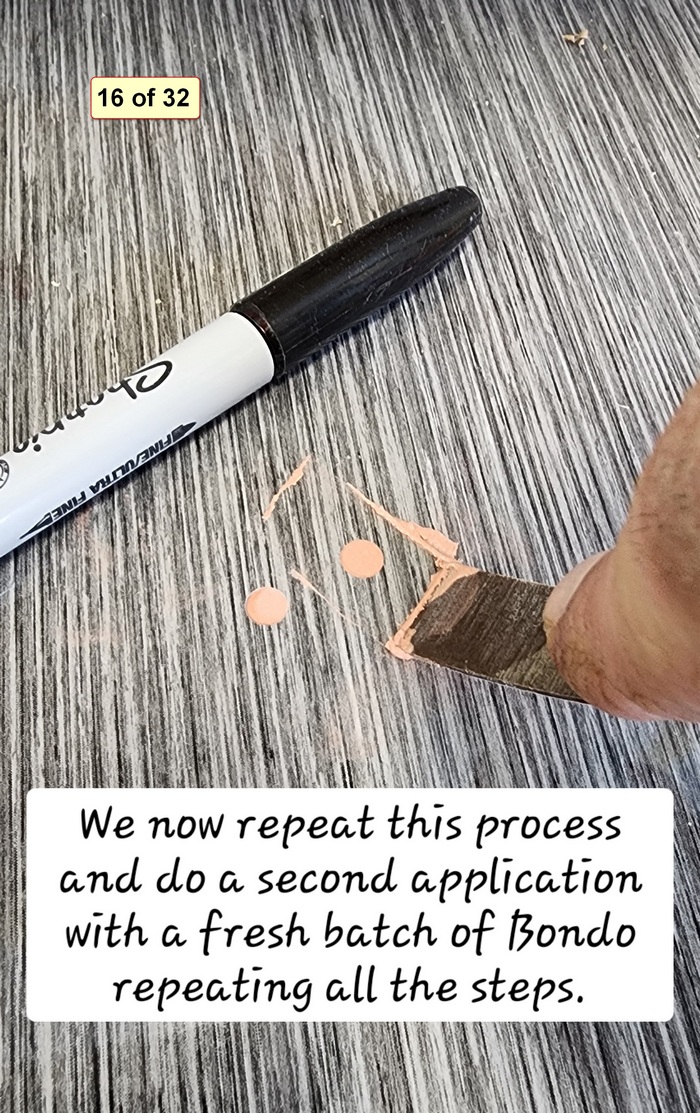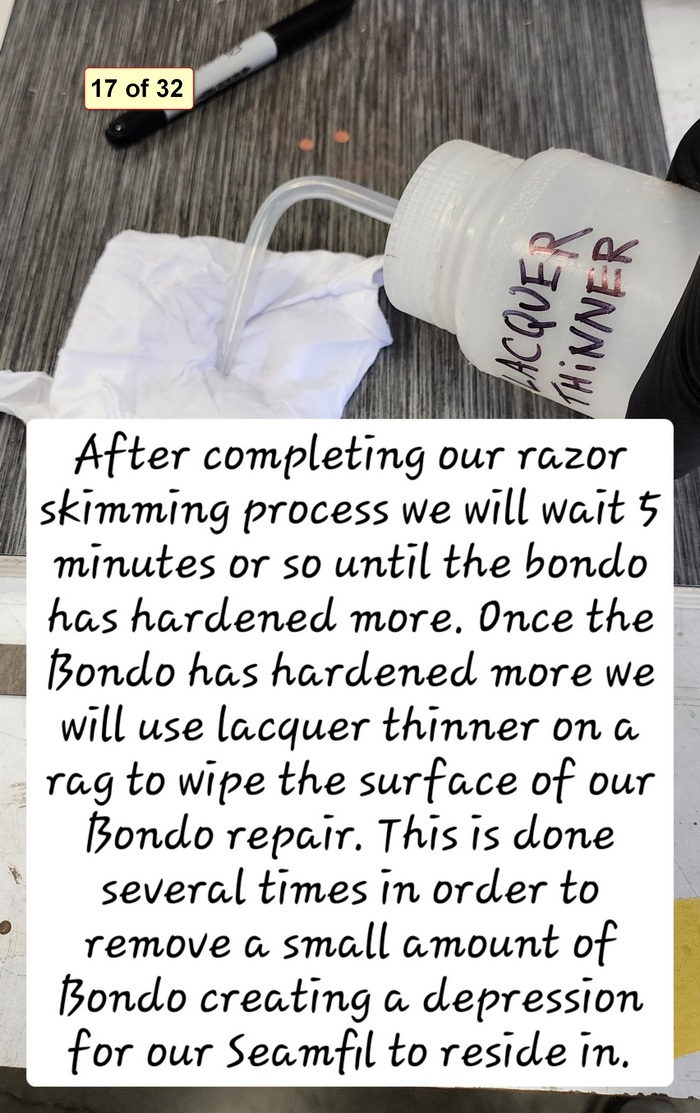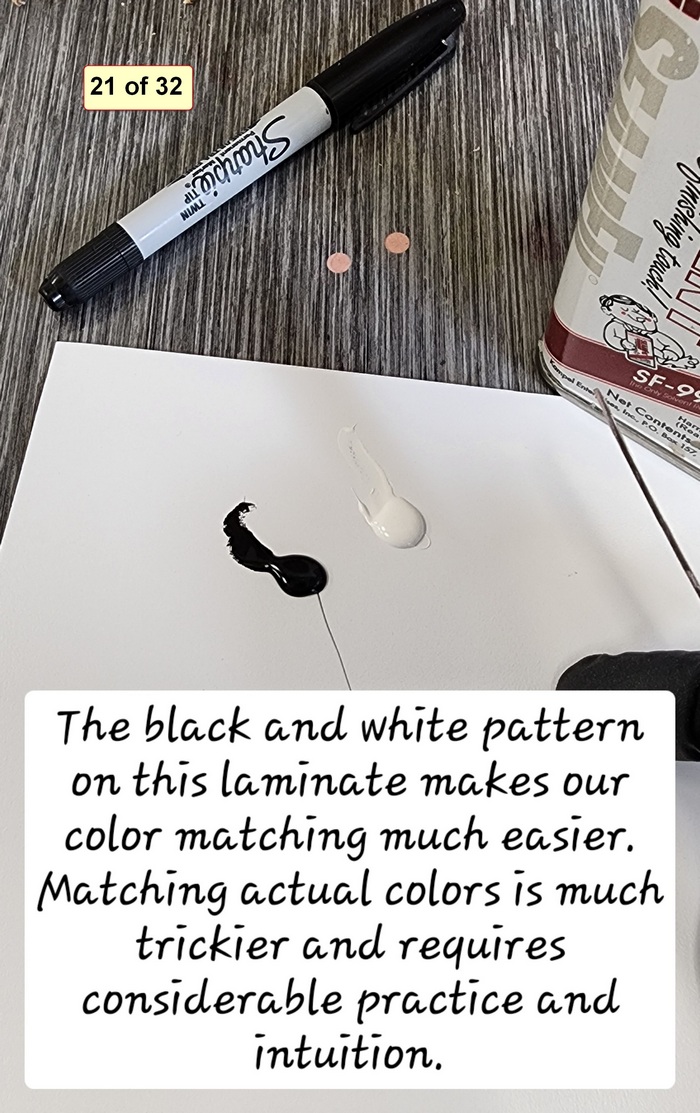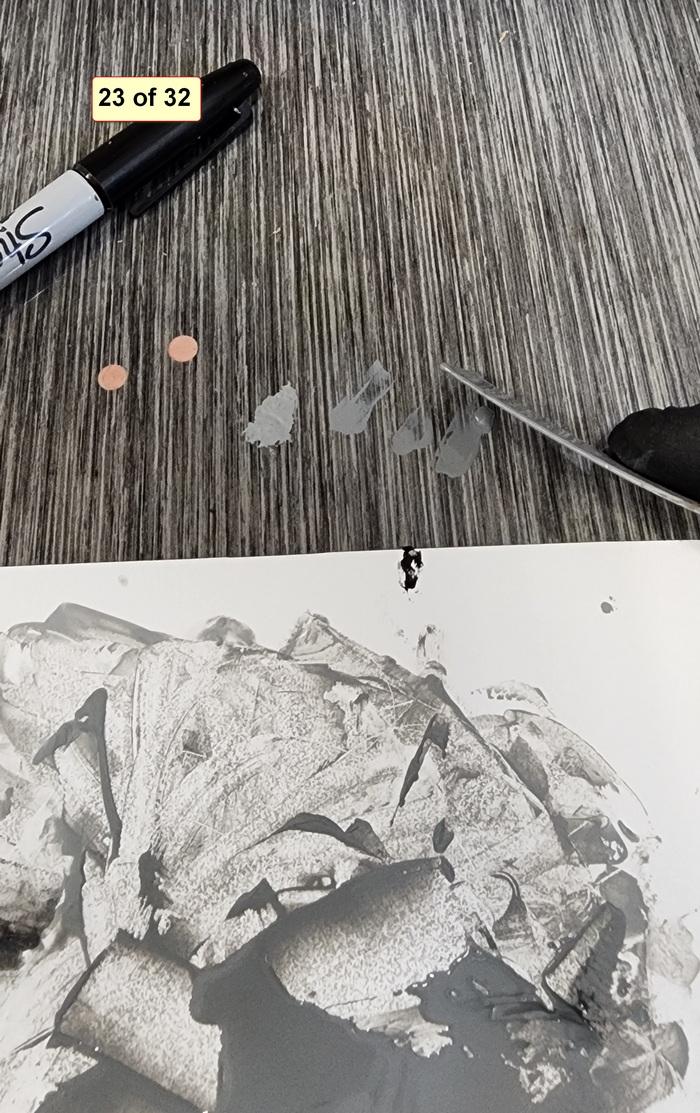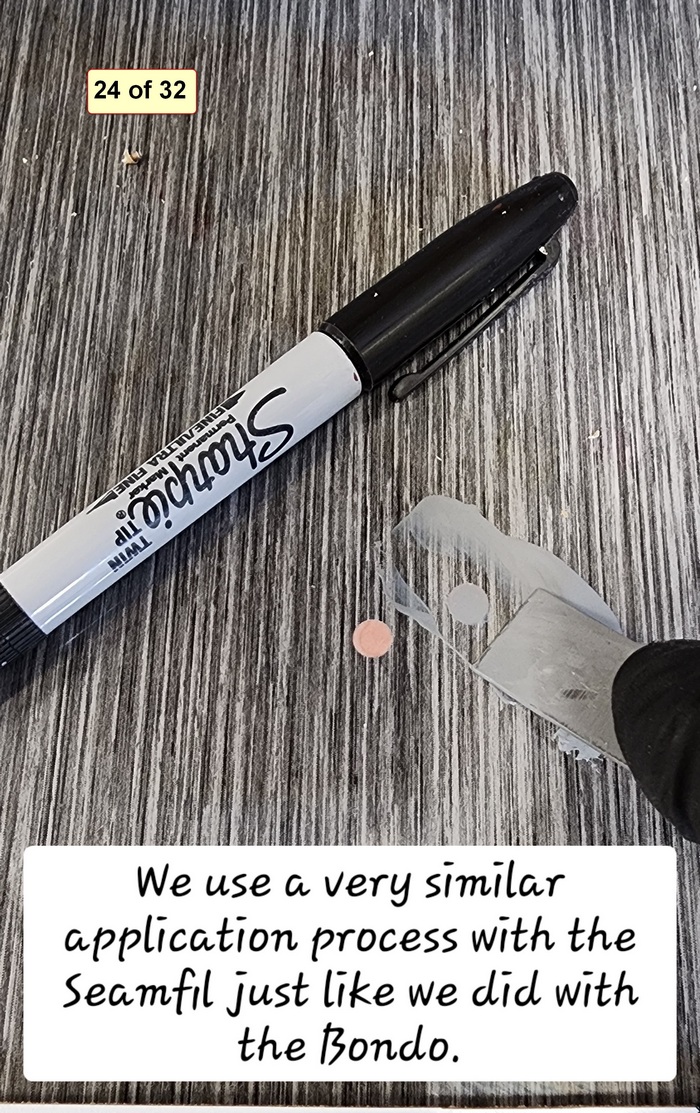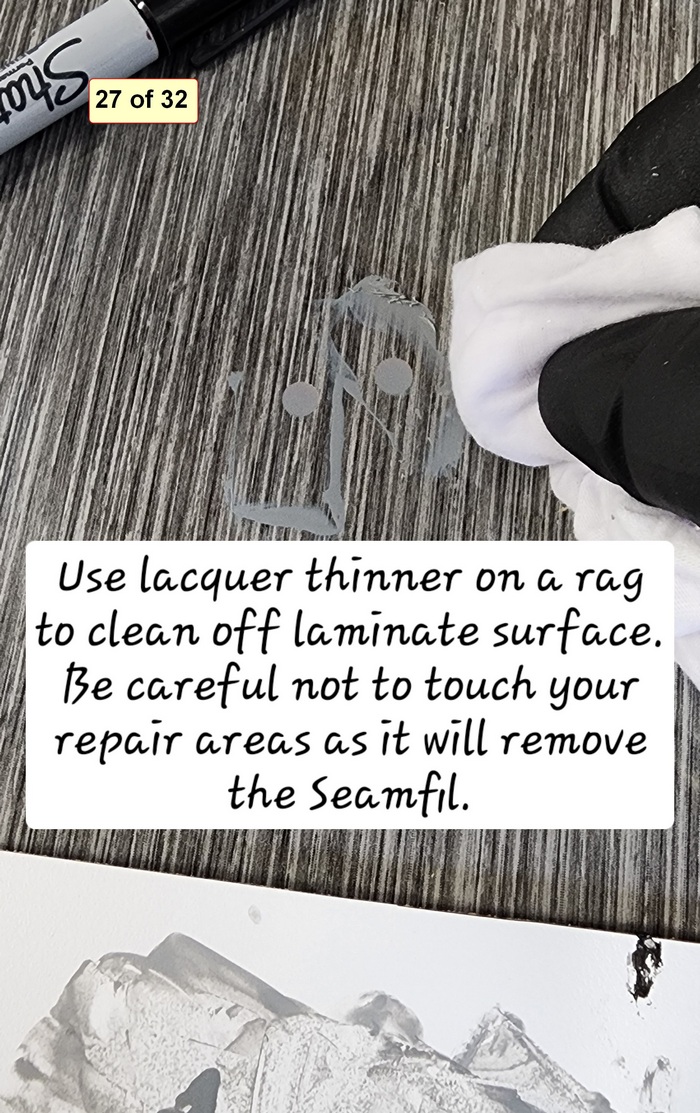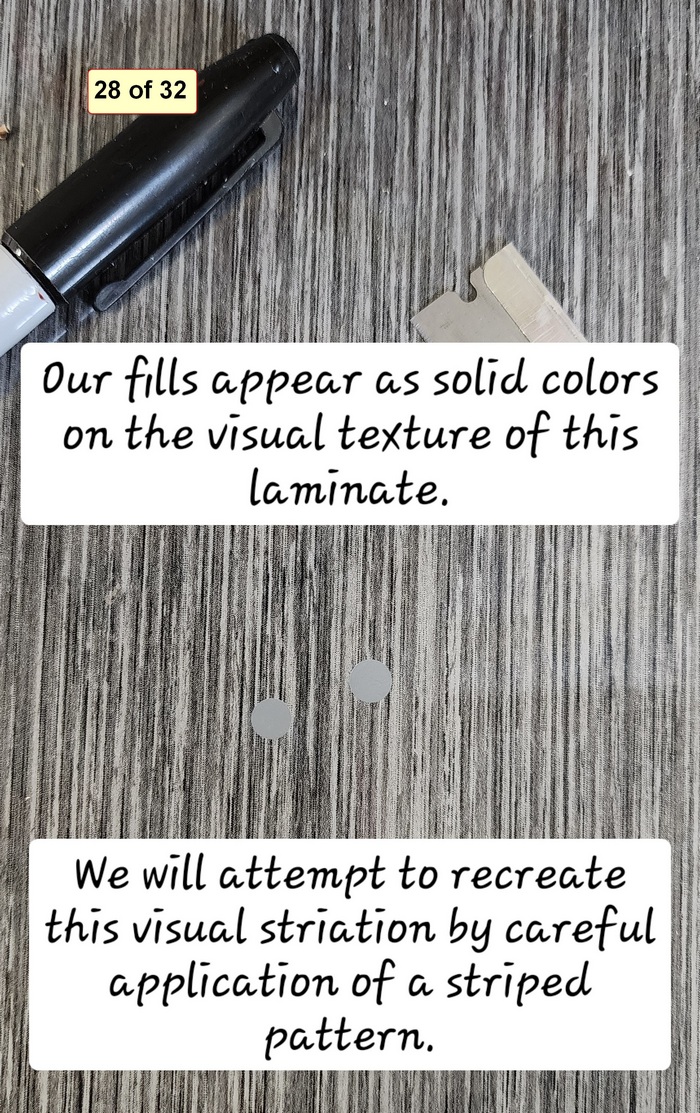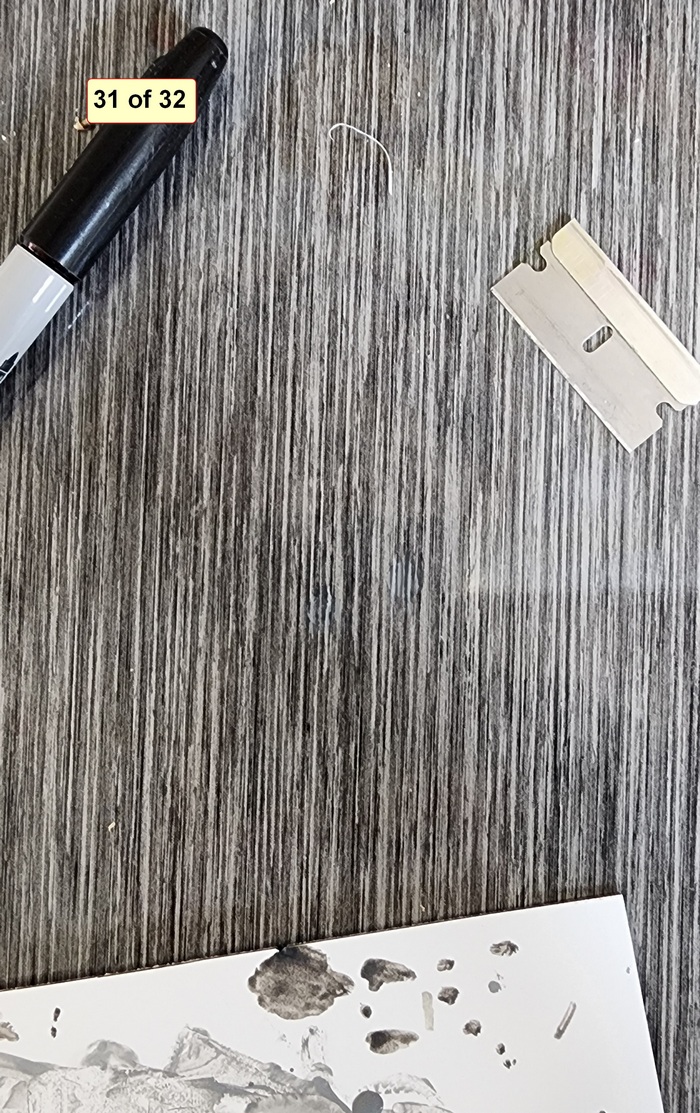TUTORIALS
03/26/2023 ——–Our first tutorials were added on this date. We hope to create new material as we work on various projects, with updates occuring throughout the year.
CERAMIC TILE MOUNT
This is what I call a square french cleat mount intended to provide a lot of surface area for adhesive contact. It makes use of a french cleat profile and consists of two parts, one attached to the artwork and one attached to the wall. A 45 degree angle is cut into one side of each cleat. This is made from european poplar plywood, 18mm thick. This poplar plywood is great to work with as it cuts easily and sands great….and splinters are rare! This was made using plunge cuts on a tablesaw….this is tricky, and I will state that only those experienced with tablesaw functions should attempt this. The adhesive I use is any brand name RTV silicone sealant sold at any hardware store.
SIMPLE ALL PURPOSE MOUNT
This is a traditional two rail french cleat with each rail having a 45 degree angle cut into one side. A tablesaw set at 45 degrees gives a clean consistent cut. A steady hand using a jig saw set between 30 and 45 degrees can also deliver satisfactory results. It is important to use the same angle for both rails. Be sure that the rail attached to the artwork is a sufficient height if you are using adhesive…. more surface area equals more contact area. Once installed this will project the tile off the wall the thickness of the plywood. Painting the visible edge of the plywood black will further increase the “reveal” effect making for a great presentation. The adhesive I use is any brand name RTV silicone sealant, sold at any hardware store.
CREATE AN AMAZING LAYOUT TOOL
This very useful layout tool is made by altering a typical combination square. By filing a groove into the ruler we allow for our pencil to “ride” along as we run our square along the edge of our work. Quickly mark up locations for screws, rivits, reference lines, etc.
REPAIR OF COUNTERTOP AND CABINET LAMINATE
Repairing laminate damage requires multiple steps in order to achieve a surface quality that will fool the eye. It would be good advice to practice this method numerous times so that you become familiar with the characteristics of Bondo and Seamfil before doing an actual repair.

























